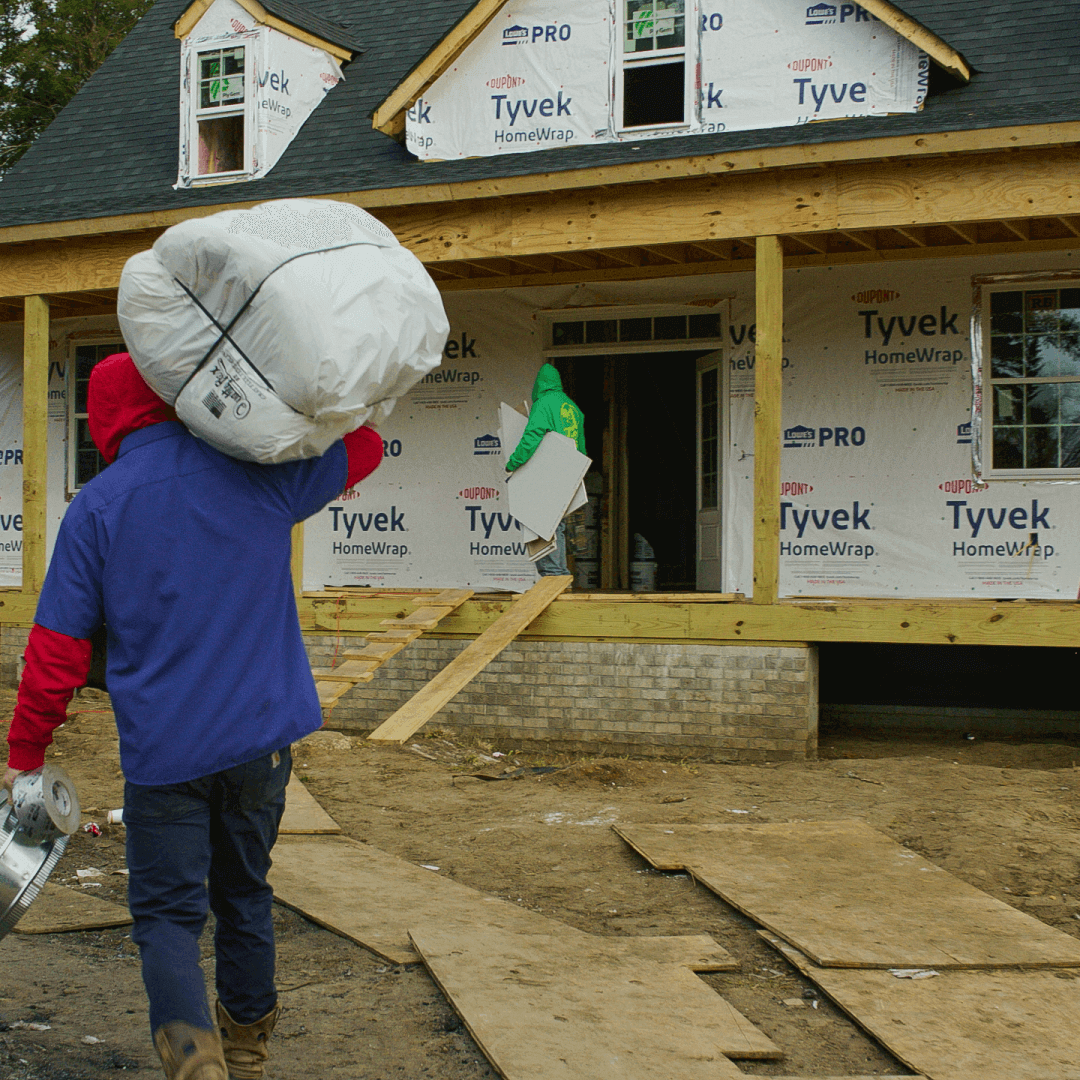
Modern portfolio theory suggests that the best way to earn consistent returns is to diversify across investments and asset classes. Recommendations readily found online suggest that, (depending on risk, return and hold period) investors should hold anywhere between 5-20% of their assets in real estate.
There are a variety of ways to invest in real estate which include REITs, direct investment and the relatively new way of investing directly via online platforms such as Upright. You can learn more about some of the pros and cons of each of these types here.
For the purposes of this post, we’ll share some thoughts on developing an investment strategy for online real estate investing.
Allocation
Step number 1 is determining how much capital you want to allocate to this asset class. Keeping the 5-20% range in mind, figure out how much you want to allocate once you're fully deployed. This will help inform the rest of your strategy and will help you reach your goals around diversification, liquidity and term.
Diversification
A diversified portfolio should have no less than 10 individual investments and we think it good practice to have 20 or more investments. Setting a target number of investments will help you determine how much you should invest in each project when combined with your allocation.
For example, let’s say you allocate $200,000 to this asset class and you want to have 20 active investments when fully deployed. This means you should invest $10,000 per project.
Liquidity
Real estate investing is inherently illiquid. Hold-periods on our platform are typically between 6-12 months. Other platforms offer investments which may have 5-7 year hold periods. Most of these private investments aren’t freely traded, and if they are, may have restrictions which could impact your return. With this in mind, you’ll want to be strategic with your investments to make sure that the maturity periods naturally give you some liquidity.
For example, you might make two investments per month. One investment will have a 6 month maturity while the other has a 12 month. The next month you repeat this strategy until you are fully allocated. This way, after 6 months, you’ll have at least one investment mature, giving you some liquidity. Depending on your liquidity needs, you can then re-invest this capital or take it off the table if your allocation strategy has changed.
Risk and Return Profile
Returns in this space range from 3% to 20%+. As a savvy investor, you certainly recognize that the higher-return investments likely include additional risk. The contributor to potential returns in this asset class revolves around whether you’re an equity or debt investor.
Equity investments typically have higher potential returns, however 100% of your investment may also be exposed to loss.
Debt investments are more senior to equity and recover proceeds from the investment before equity holders. There’s more downside protection in debt and therefore may offer lower returns than equity.
Bottom line is that you should have a perspective on how much of your allocation you want exposed to equity and debt.
Asset Type
You can invest in mobile home parks, fix-and-flip residential, commercial office, hotels, new developments and everything in-between. To make educated investments you need to have a solid understanding of the investment fundamentals of these different asset classes.
Just like it’s impossible to intelligently invest in every industry sector for publicly traded stocks, it’s very difficult to make educated investment decisions across multiple real estate asset classes.
We recommend starting with 1 or 2 asset classes that you understand. This is one of the reasons we like residential fix-and-flip loans. Most investors have a baseline understanding of this asset class from being home owners.
Unless you’re already a real estate expert, investing in too many asset classes leads to one of two outcomes. Either you spend too little time to truly understand the investment and potentially expose yourself to unnecessary risk; or you spend way too much time educating yourself for the relative return you’ll earn on this one investment.
It’s far better to become an expert with 1 or 2 asset types and grow into others as you continue to refine your overall strategy.
Underwriting Criteria
Develop some basic rules you follow for determining whether or not to invest. These criteria will be around the risk drivers of the asset class. Risk factors to consider for your criteria will likely fall into one of the following categories:
• Loan-to-Value ratios. More on this here.
• Amount of equity cushion provided by developer
• Seniority in the capital stack (who gets paid first?)
• Borrower experience
• Borrower credit and provision of personal guarantee
• Market (Schools, crime, urban, suburban, unemployment, etc.)
• Information source (Are numbers supported by 3rd party appraisal, BPO, etc.?)
Summary
Having a strategy that you follow will allow you to screen deals quickly and focus your diligence efforts on the deals that best fit your risk/return goals. This is important as you may need to act fast in order to get into good deals but also gives you a better return on your time when considering the size of your allocation for each investment.
Like any strategy, you should revisit and re-calibrate based on your experience and relative performance. As you gain more experience, you can grow your strategy to increase your allocation, asset type, investment type all while refining your criteria.
Take a look at open investment opportunities and email us if you have any questions about our underwriting criteria. We’re happy to jump on a call any time to answer any questions you may have.





